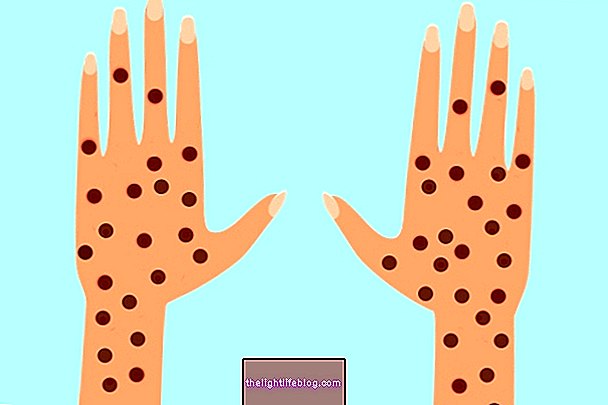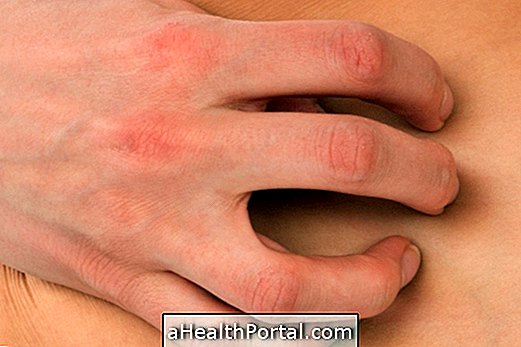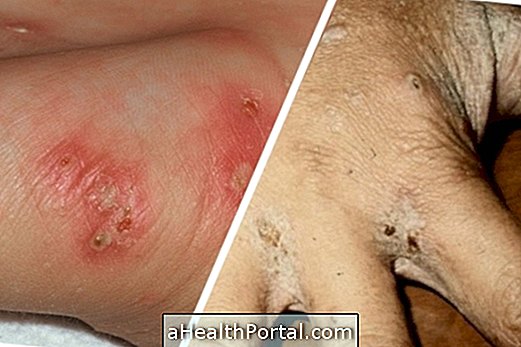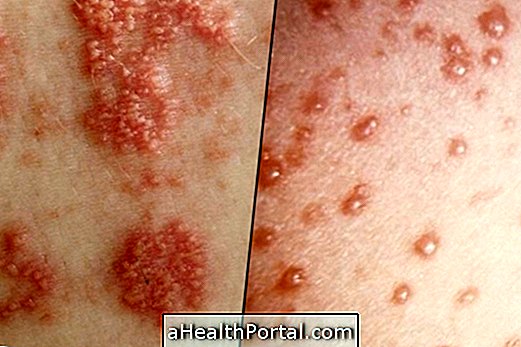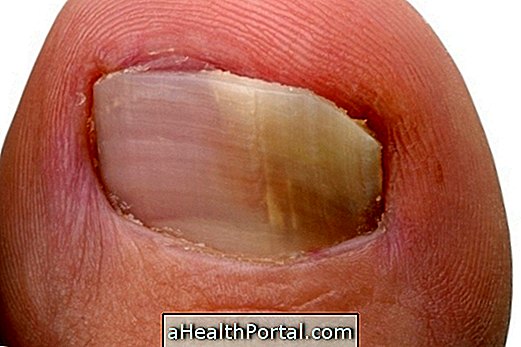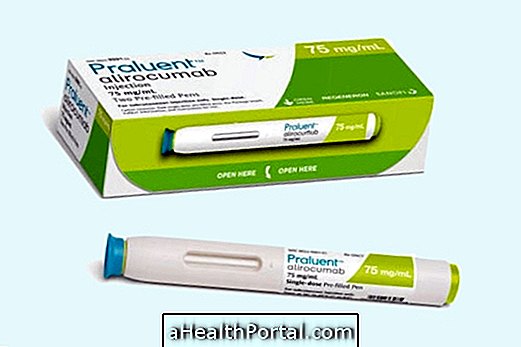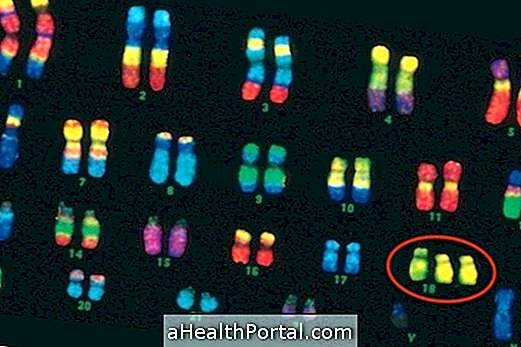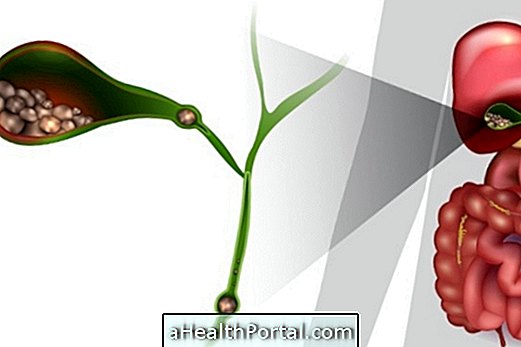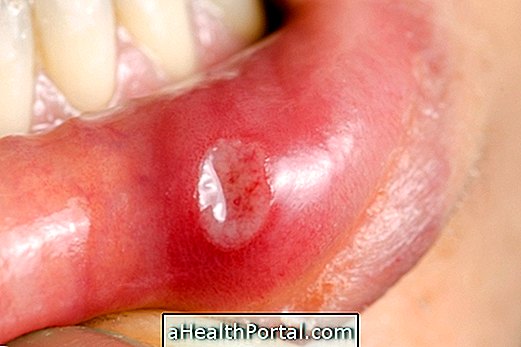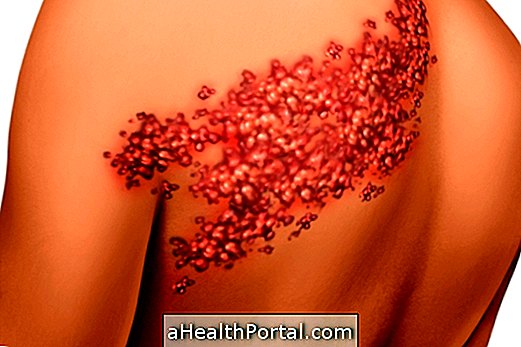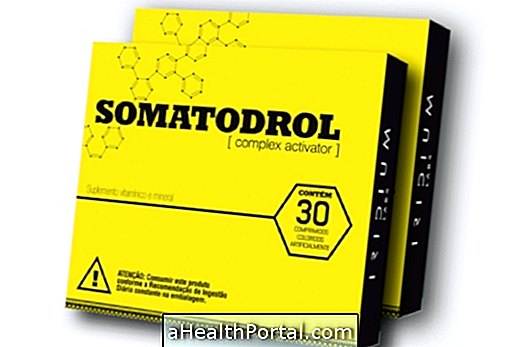Xanthoma, or xanthelasma, is the "bubble or pouch" formation with high cholesterol content that arises due to accumulations of fat-containing cells in the skin or tendons, usually in people who have very high cholesterol or triglycerides.
Thus, xanthoma is not a disease, but a symptom associated with a defect in the metabolism of fats and proteins that carry cholesterol in the body, and can occur anywhere in the body, but are more common in the elbows, knees, feet, thighs, hands, eyelids and glutes ..
The main types of xanthoma are:
- Xanthelasms : are the xanthoma type that is located in the eyelid, in the form of yellowish and softened plaques, usually in people with a history of hypercholesterolemia, which is high cholesterol.
- Eruptive xanthomas are the most common form associated with increased triglycerides, in which small yellow lumps arise mainly in the thighs, legs, buttocks and arms. They usually improve when triglycerides normalize;
- Tuberous xanthomas : yellowish nodules that are preferentially located in the elbows and heels of people with hypercholesterolemia;
- Tendon Xanthoma : is the deposit that occurs in the tendons, especially in the Achilles tendon, in the heel, or fingers, and usually appear in people with hypercholesterolemia;
- Flat xanthomas : flattened and appear more often in the palparis, face, trunk and scarring folds.
There is also another form of xanthoma, which is gastric xanthoma, a fat deposit located in the stomach, which usually causes no symptoms and is usually found in endoscopies or gastric surgeries for other reasons. This type of xanthoma is rare, and its cause is not known exactly.
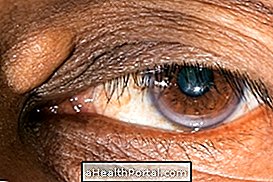

How is the treatment done?
If the person with xanthomas has an excess of cholesterol or triglycerides detected in the blood test, the doctor will indicate the treatment to control these levels, with medications called lipid-lowering drugs, such as Simvastatin, Atorvastatin, and fibrates, such as Fenofibrate or Benzafibrate, for example . Check how the treatment is done for high cholesterol and to lower triglycerides.
In addition, procedures can be done to remove deposits, made by the dermatologist, such as:
- Surgery for withdrawal and closure with stitches : it is the safest, most effective option, can be done in the outpatient clinic, has low cost and produces excellent results;
- Chemical cauterization : best suited for small and superficial lesions. It is made by the application of caustic substances such as trichloroacetic acid or combinations of acids;
- Laser treatment : through ultra-pulsed carbon dioxide or pulsed laser;
- Cryosurgery : using liquid nitrogen or carbonic snow;
It is also very important that treatment and control of other diseases associated with changes in the metabolism and formation of xanthomas, such as diabetes, liver cancer, hypothyroidism or kidney disease, is done.
Treatment for gastric xanthoma
Gastric xanthoma or gastric xanthelasma are yellowish cholesterol or lipid pockets, with slightly irregular contours, which can measure 1 to 2 mm, located in the stomach.
To treat this type of xanthoma it is necessary to do endoscopy and biopsy, and if signs of cancer are discarded in the stomach, it is usually a benign situation, and the conduct should be observation, that is, it must be followed frequently to see the evolution of the problem.
However, if there is a risk of cancer or signs of worsening of xanthoma, the doctor may advise you to withdraw, a procedure done through endoscopy.
